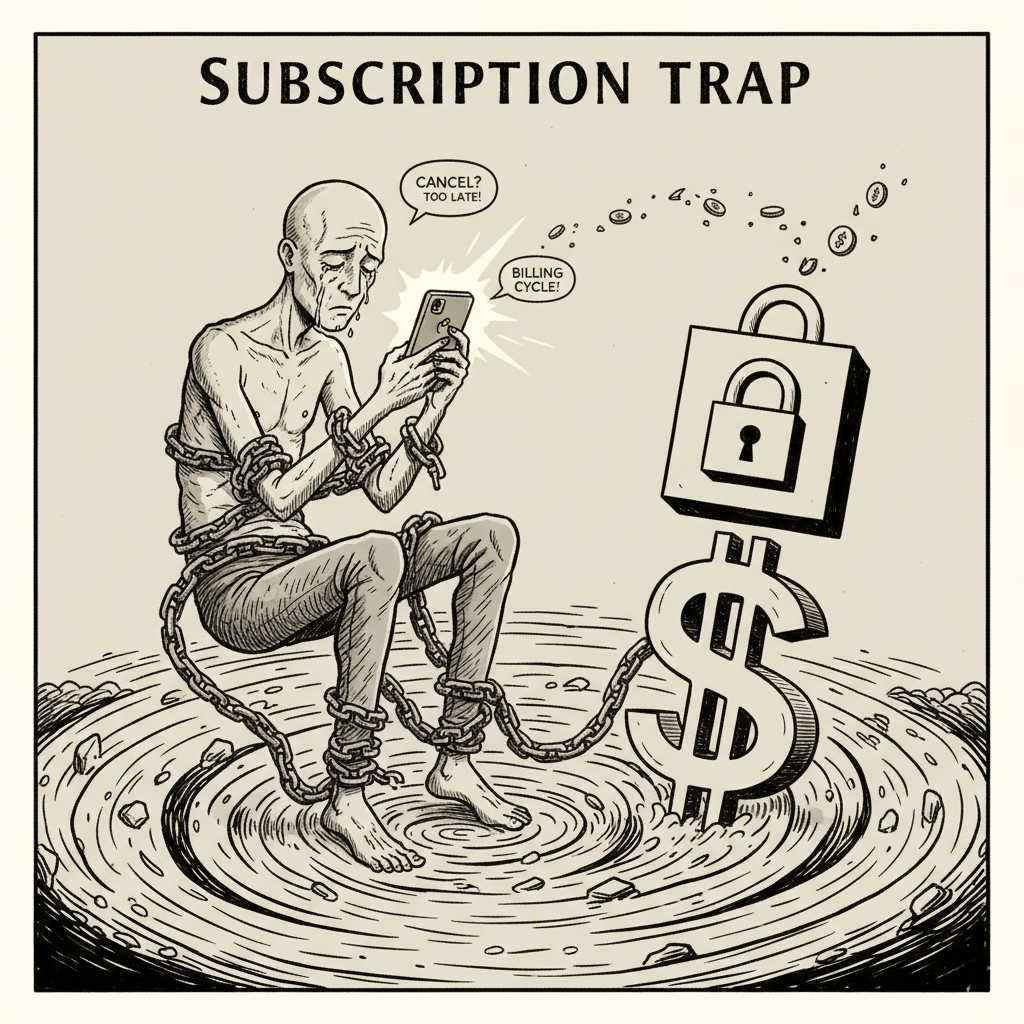Killing the Free Internet: Meta’s Ad-Free Option is a Step Backwards
Something big is shifting. Meta, parent company of Facebook and Instagram, plans to roll out an option in the UK where users can pay a monthly fee to remove ads: £3.99 (~RM23) per month on mobile, £2.99 (~RM17) via web, with fees for additional linked accounts. The proposal is framed as user choice: either accept targeted ads or pay to skip them. But beneath the veneer of “freedom” lies a model that accelerates inequality, cannibalises ad reach, and normalises charging for basic privacy.
Let’s unpack what this really means.
The collapse of “free internet”

For many, “free” social media meant you didn’t pay money, but you paid with your data, your attention, your behavioural trace. The ad business model made that trade ubiquitous. Now Meta wants to shift the equation: pay with cash (if you can), or stay in the ad machine.
That’s not freedom. It’s a divide; between people who can afford to pay for a quiet feed, and those who can’t. In effect, we’re witnessing the death of the “free internet” ideal: a space open to all, regardless of means. From now on, some will use social media in peace; others will pay with surveillance.
Once you accept the principle that privacy is a premium upgrade, it becomes harder to insist it should be a basic right.
Business self-cannibalism and the squeeze on small advertisers

Here’s the irony: Meta built its empire on ads. It lives off the fact that advertisers pay to reach millions through its precise targeting engine. Introducing an ad-free tier means asking users to move away from the very channel that sustains Meta’s economics.
If enough people opt for the subscription, ad reach will shrink. Meta isn’t likely to reduce its ad prices, not for the big spenders. Instead, it will squeeze the small and medium advertisers harder, making it more expensive or less effective to reach audiences on its platforms.
Also, the move may be defensive. Meta is responding to regulatory pressure, especially from UK and EU data-privacy bodies. It’s less a bold innovation and more a retreat strategy: “We’ll charge for the escape, so regulators will leave us alone.” But that doesn’t address the root problem: an ad system that depends on invasive tracking.
Will people actually pay? The psychology is against Meta

Behavioural experience suggests most won’t. People tolerate ads. Platforms like YouTube have long offered ad-free paid tiers, yet many users stick with the free version, begrudging the ads but accepting them. The idea of paying to remove annoyance often clashes with human inertia.
Meta’s gamble: a small but vocal percentage will subscribe; the rest will stay with ads. Meta doesn’t need mass adoption of the ad-free version to claim a regulatory win. The subscription model provides them with political cover while keeping most users within the ad-driven fold.
A survey here, a trial there, and the default becomes “ads or pay me” rather than fair terms.
Attention economy 2.0 or the same trap, gilded?
Some supporters pitch this as the next evolution: subscription liberates us. But what changes underneath? The attention still belongs to advertisers. What evolves is just how we pay. One version charges with data and ad exposure; another charges with cash and still tracks (just differently). Either way, the platform owns the attention.
This move also normalises the idea that opting out of exploitation costs money. What if every internet service followed this? Want to avoid targeted ads on news sites? Pay extra. On mapping or weather apps? Pay. The internet begins to fragment: those who pay, those who serve ads. The cultural commons shrinks.
More than a report: what the actual rollout reveals

The UK introduction is not Meta’s first go at this. In the EU, Meta had offered similar “pay or consent” models, but regulators pushed back, deeming parts noncompliant with the Digital Markets Act (DMA) because users were forced to consent to wide data collection if they didn’t pay.
Meta was even fined ~€200 million for how it handled its EU subscription proposal. Now in the UK, Meta is trying a version with lower prices and a more “binary” offering. Users will have to choose for all linked accounts, and there is no middle ground. That arms-length tweak doesn’t resolve the fundamental objections.
Also, even if subscribed, users still have “personalisation” built in, Meta says it won’t use data for ads in that case, but doesn’t promise full data blackouts for other uses. In practice, it’s murky. The toggles and back-end policies will matter more than the headline price.
So what should we demand instead?
- A true “lite” version: fewer ads, less data, but still free. A middle ground between full tracking and paywalling privacy.
- Strong regulation of data practices, where consent is meaningful, not coerced by a paywall.
- Transparency: clear metrics on how many users pay, how many keep ads, and how ad targeting changes as users switch.
- Supporting alternative funding models, public interest social platforms, community funding, or civic social media that don’t depend on surveillance.
The UK move is a crossroads. Accepting it lets the idea sink in: you must pay to avoid being sold. Rejecting it forces a broader discussion: platforms should respect privacy and attention without turning them into tolls.
Meta’s ad-free subscription is not an innovation. It’s an admission of failure. It says: our original model is under pressure, so we’ll sell the exit ramp. But the exit ramp shouldn’t cost more than the road.
If we let this stand, the free internet dies, not with a bang, but with a monthly fee.



